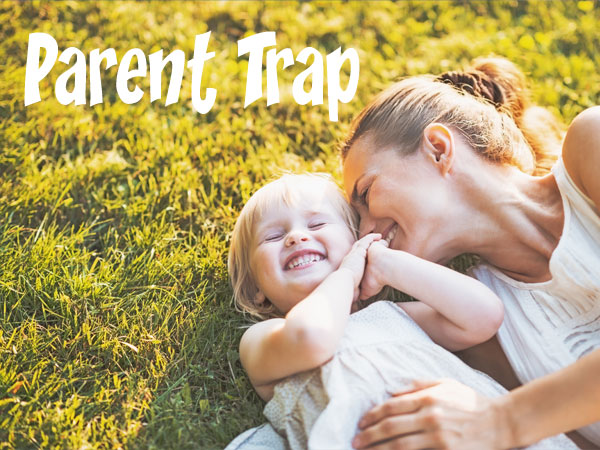If you have an intense, strong-minded child, you might need help teaching them anger management tools. I use the metaphor of boiling water to help kids become aware of their angry or frustrated feelings and learn how to manage them.
Show your child a pot of water on a stove and tell her to notice how the water looks when the dial is at zero: calm and still. Ask her what she looks and feels like when she is at a zero emotionally: probably calm, relaxed, patient and open. When you turn the dial up to four, the water starts getting hot and begins to bubble, but as soon as you turn it back to zero, it quickly cools. Then, ask your child what she looks like when she is beginning to ‘bubble.’ She might describe feeling tense in her hands, jaw or all over her body, and feeling frustrated or angry. But if she can remove herself from the situation and use a self-quieting tool, it doesn’t take long to cool off.
When you turn the dial up to seven or eight, the water starts to boil and takes longer to return to its quiet state. The same goes for kids’ behavior. At a seven or eight, they might start yelling, stomping around or arguing, and it takes them longer to calm down once at this point. Finally, when you turn the burner up to a 10, the water eventually boils over the top of the pot, making a mess. The same goes for their behavior. Kids will yell, say hurtful things they really don’t mean, break things, slam doors or hit people. Some kids might require 30 to 60 minutes to settle down.
Here’s the key: Kids need to notice when they are first starting to bubble and be willing to remove themselves from the situation and use a technique to quiet themselves down. Their bodies provide wonderful signals when they are starting to go up the ladder of emotions: their muscles might get tense, they might clench their teeth, or they might become extremely agitated. Therefore, body awareness is a crucial first step to preventing full-blown tantrums. Ask permission to let them know when you notice signs of them beginning to ‘bubble.’ Then encourage them to have some alone time to quiet down.
Tools that help both kids and adults self-calm include coloring, drawing, writing in a journal, playing an instrument, reading, writing stories or poems about your feelings, spending time in nature, and repeating a positive mantra. These are healthy ways to express and channel emotions before they build to an overwhelming state. It helps if kids and their parents practice these tools on a regular basis, not just during crises.
Kids will feel empowered knowing they can recognize their anger or frustration and they have the tools to deal with it. They are no longer at the mercy of their emotions, and any moments of anger become short-lived and manageable.
Tim Jordan, M.D., is a behavioral pediatrician who works with girls in grade school through college in his counseling practice and camps. His newest book is Letters from My Grandfather: Timeless Wisdom for a Life Worth Living. For more information, visit drtimjordan.com.








